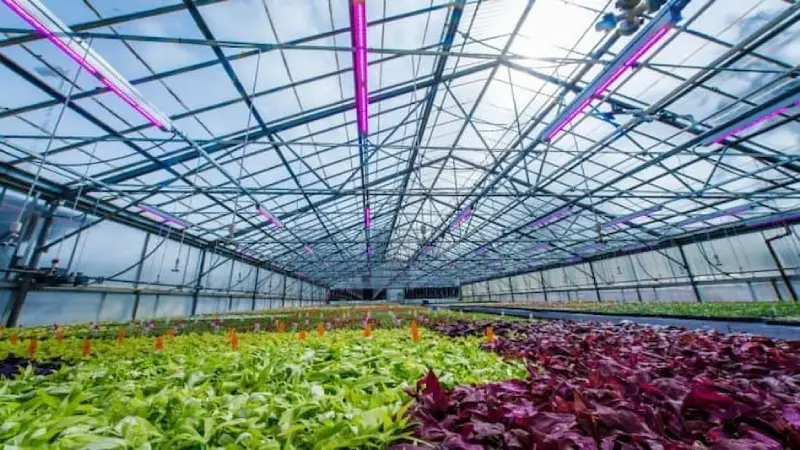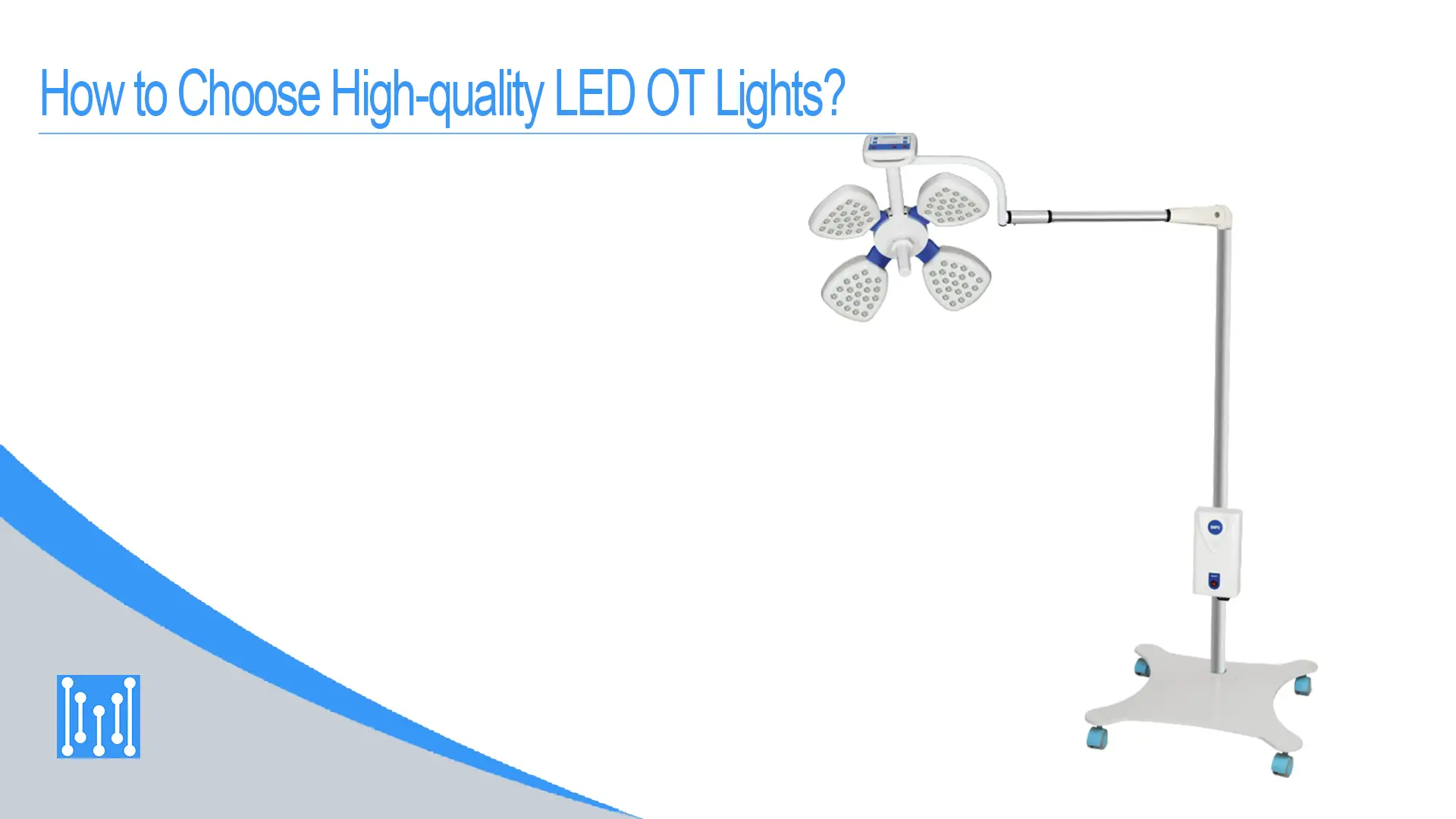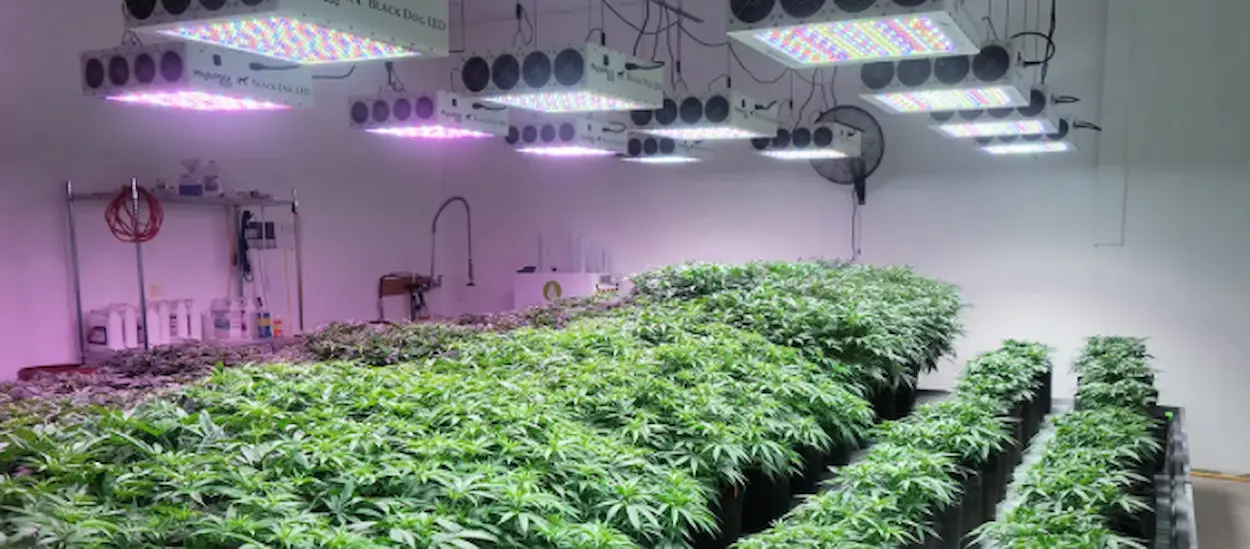In today’s highly competitive market for cultivators, meeting the demand for top-quality crops within tight timelines can be challenging, especially when the weather is unpredictable. For greenhouse growers, supplemental lighting offers a solution to enhance crop quality and increase yields while staying on schedule and ensuring profitability. In this blog, we will delve into the topic of supplemental greenhouse lighting.
Do You Need Supplemental Greenhouse Lighting?

Today we can relish all kinds of fresh and out-of-season vegetables and fruits in winter, most of which are grown in greenhouses. One factor that needs to be paid attention to when growing in greenhouses is lighting. Light is of great significance as it promotes photosynthesis for the healthy growth of plants.
Greenhouse planting can avoid the adverse effects of weather factors, but it will also cause serious insufficient light due to some materials such as greenhouse film, thermal insulation equipment and greenhouse brackets, especially in winter when the light is already weak, the light in the greenhouse will be seriously insufficient if foggy or cloudly days happen.
For many light-loving plants, if the light is not sufficient, it will not only affect the progress of photosynthesis but also affect the healthy growth of plants. Par exemple, if the light requirements are not met, it will affect the sweetness of watermelons, and sweetness is the first choice when people choose watermelons. Donc, when the light in the greenhouse is insufficient, some people will use supplemental lighting to promote plant growth.
What Are the Types of Supplemental Greenhouse Lighting?

- Lumières à incandescence
- Lumières fluorescentes
- Compact Fluorescent Lights
- Halogénure métallique (MH)
- High Pressure Sodium (SHP)
- Lighting Emitting Diode (DIRIGÉ)
Growers typically employ SHP (high pressure sodium) or MH (halogénure métallique) lights in the past. Cependant, thanks to advancements in the lighting sector, LEDs are now the ideal choice for supplemental lighting.
What Are the Benefits of LED Supplemental Greenhouse Lighting?

Meet the DLI
For most crops, the amount of light they receive directly affects their growth, and this relationship is typically linear. The daily light integral (IDD) is a measure of the total photosynthetically active radiation (PAR) received by plants within a 24-hour period, expressed in moles of photons per square meter per day. En général, higher DLI or increased photon exposure leads to improved plant quality and higher production rates.
To enhance DLI and mitigate seasonal variations in light, many greenhouse growers are opting for LED lights as supplemental lighting. This allows them to boost yields throughout the year and maintain consistent production levels. Souviens-toi, each plant species has an optimal light intensity, beyond which light absorption and photosynthesis become less efficient. Donc, it is crucial to develop a greenhouse lighting plan that takes into account the specific requirements of each crop you cultivate.
Year-Round Production
Supplemental lighting provides the flexibility to overcome seasonal limitations. Even during the coldest winter months, utilizing top-tier LED grow lights brands such as MokoLumière allows growers to replicate optimal summer growing conditions. By doing so, you can accelerate plant growth, increase the number of growing cycles within a year, and ultimately maximize profitability for your business.
Enjoy Consistent Light Quality for Years
Maintaining a greenhouse can be quite demanding, and the primary focus is often on tending to the plants themselves. Donc, the advantage of installing LED grow lights lies in their long lifespan, which eliminates the need for frequent replacements. MokoLight LED lights can last for more than 50,000 heures d'ouverture. En revanche, a good HID bulb typically lasts a maximum of 24,000 heures, and the decline in light quality becomes noticeable after just 5,000 heures, necessitating bulb replacements.
Variable Spectrum Control
HID grow light setups typically require the use of different bulbs for different stages of plant growth. Halogénure métallique (MH) bulbs are used during the vegetative phase, tandis que le sodium à haute pression (SHP) bulbs with a red spectrum are employed for flowering. Variable spectrum LED grow lights offer superior performance without changing the bulb.
Variable spectrum LED grow lights allow growers to program the precise color balance that suits their specific plant species at each stage of the growth cycle. This customization leads to better results. De plus, advanced grow lights like MokoLight feature photo sensors that automatically adjust the light output. This eliminates concerns of overwhelming the plants or wasting energy on excessive light. On brighter days, the lights dim accordingly. With the combination of variable spectrum control and automatic light balancing, growers can ensure that their crops receive precisely what they need, optimizing growth and minimizing resource wastage.
How to Maximize the Benefits of Supplemental Greenhouse Lighting?

Here are some tips to help you get the most out of your supplemental lighting.
Operation of Lighting
Supplemental lighting provides minimal benefits when natural light levels are already moderate, and its advantages are essentially non-existent during sunny conditions. To optimize the utilization of supplemental lighting, it is recommended to operate the lights at night, on cloudy days in the winter.
Uniform Intensity
Uniformity in the intensity of supplemental lighting contributes to more consistent crop growth. When lamps are installed without a well-designed lighting plan from the supplier, the intensity of light can vary significantly. Higher light levels can promote increased growth but also result in faster drying of plants, making it challenging to manage moisture effectively. De plus, if there is non-uniformity in light distribution during the early stages of plant growth, it can cause uneven growth patterns even after transplantation.
Clean Reflectors
The majority of supplemental lighting systems include reflectors that focus the light emitted by the bulbs onto the crop, typically in a downward direction. As time goes by, the reflectors can accumulate dirt and require regular cleaning to maintain optimal reflectivity.
Ensure Other Factors Aren’t Limiting.
The essential elements for photosynthesis are light, gaz carbonique (CO2), eau, and sufficient nutrition. Donc, if there are any limitations in the availability of CO2, eau, or nutrients, the benefits of supplemental lighting can be diminished. In greenhouse cultivation, water and nutrient levels are often managed to control excessive growth. It is important to ensure that plants do not experience nutritional deficiencies or severe water deprivation leading to wilting.
Although CO2 levels are not typically measured in greenhouses, they can become a limiting factor in tightly-sealed greenhouses that are densely populated with plants. Dans ces cas, it is recommended to periodically introduce fresh air during lighting periods or enrich the greenhouse with supplemental CO2.
How to Use Supplemental Greenhouse Lighting?
When it comes to hanging supplemental lighting, it is generally recommended to maintain a distance of at least 12 inches between the light and the canopy. En plus, the positioning of the lights is crucial.
- Mounting the lights above the plants increases light intensity and delivers a broader range of wavelengths from the primary light source.
- Mounting the lights below the plants helps penetrate light deeper into shaded areas, ensuring more uniform growth from the top to the bottom of the plants.
- Mounting the lights on the sides of the plants serves to expand and intensify the coverage area of the primary light. This is particularly useful for addressing the edges of canopies, where light intensity tends to decrease as it spreads.
Once the lights are mounted, regularly check their position. Ensure they are not positioned too close to the canopy to avoid light burn and make sure they are functioning correctly to maintain optimal plant growth.
À propos de MokoLight
MokoLight is the perfect LED lighting solution for those looking for variable spectrum, cost-effectiveness, mobility and flexibility in height. The products we offer undertake various quality tests before shipping. Nous avons 100% confidence in the superior performance of our products. Chez MokoLight, our professional support team is always glad to answer any questions about supplemental greenhouse lighting. Ne hésitez pas à Contactez-nous.




